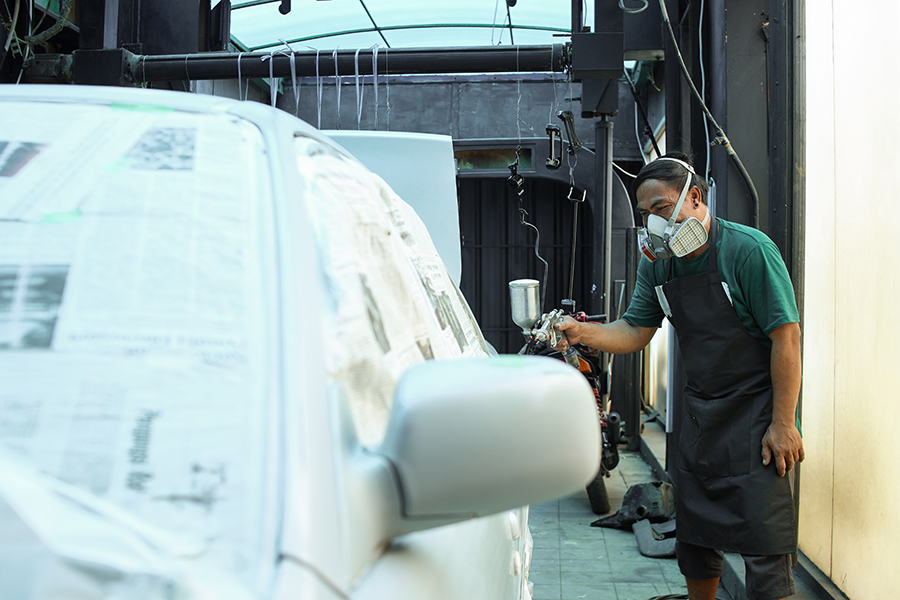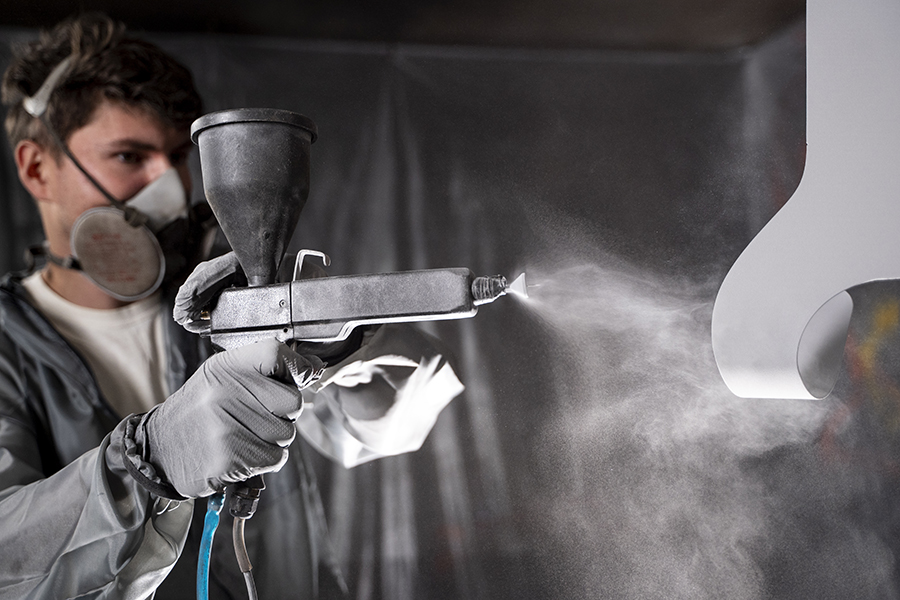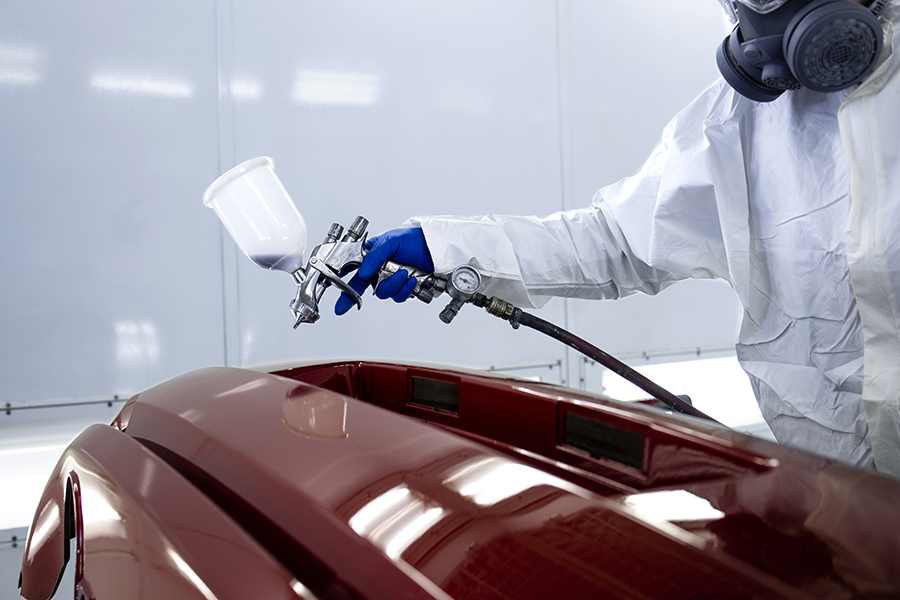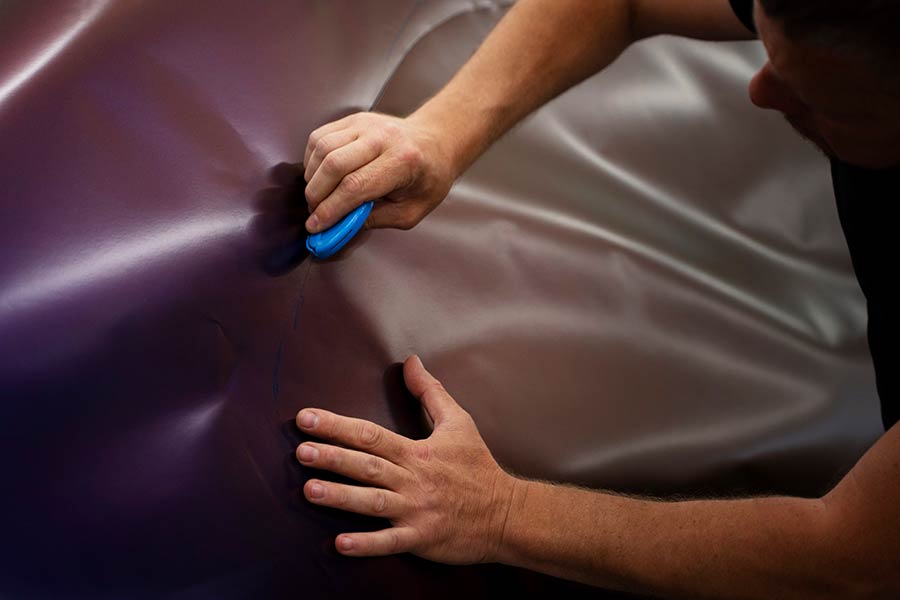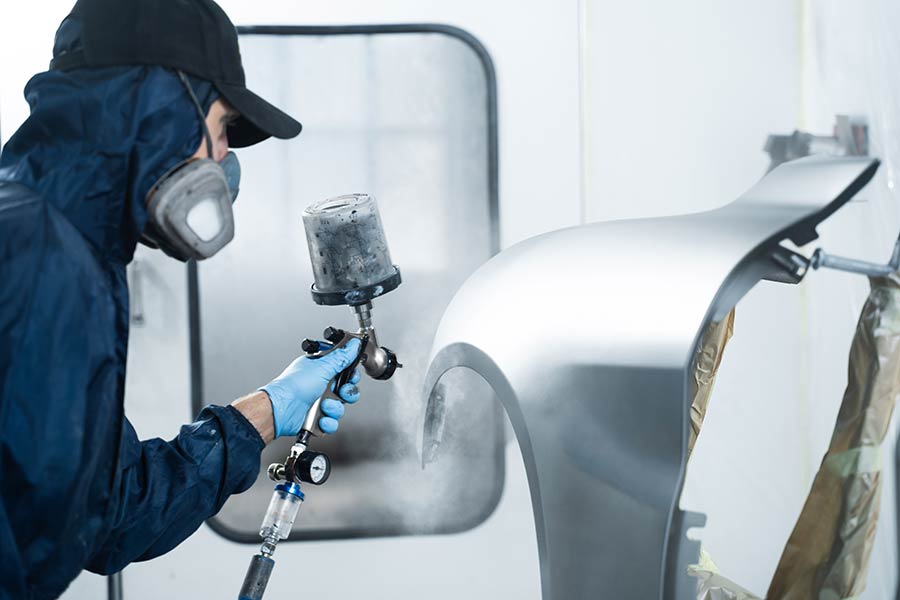Ever wonder why some cars look like they just rolled off the assembly line, while others seem to have seen better days? The secret often lies in the magic of a body shop paint job. It's not just about color; it's about giving your car a fresh new vibe. Imagine your car shining brighter than ever, turning heads at every corner. A good paint job can make all the difference, transforming an old ride into a showstopper. Dive into the world of car paints and discover how it can breathe new life into your trusty vehicle.
Key Takeaways
- Know Your Needs: Understand the type of paint service your car needs before visiting a shop. This helps in getting accurate quotes and results.
- Research Shops: Choose a reputable auto paint shop by checking reviews and asking for recommendations. This ensures quality work.
- Understand the Process: Familiarize yourself with the car painting steps so you can ask informed questions and set realistic expectations.
- Plan for Time: Car painting can take several days. Plan your schedule to accommodate this downtime.
- Care for New Paint: Learn how to maintain your car's new paint to keep it looking fresh. Regular washing and waxing help.
- Budget Wisely: Be aware of the costs involved in car painting. This prevents surprises and helps in budgeting.
Understanding Car Paint Services
Types of Paint Options
Car paints come in different types. Water-based paints are eco-friendly. They dry quickly and have fewer chemicals. Solvent-based paints are more durable but contain more chemicals.
Single-stage paint systems mix color and gloss in one layer. Two-stage systems separate them into a base coat and a clear coat. Two-stage gives a deeper shine.
Different finishes can be chosen, too. Metallic finishes add sparkle with tiny metal flakes. Pearlescent finishes change color in the light. Matte finishes have no shine and look smooth.
Benefits of Professional Painting
Professional painting offers many benefits. It ensures high-quality results that last long. Experts use specialized tools for the best finish.
Professionals also guarantee perfect color matching. They ensure consistency across all parts of the car. This makes the car look new and polished.
Common Paint Techniques
Spray painting is common for even coverage. It uses a spray gun to apply paint smoothly over large areas.
Hand brushing is used for detailed work. It's good for small areas that need precision.
Airbrushing is great for custom designs. It allows for intricate patterns or graphics on cars.
Choosing the Right Auto Paint Shop
Factors to Consider
First, evaluate the car's current paint condition. Look for scratches, dents, or faded spots. This helps decide if a full paint job is needed.
Next, assess the desired finish and color. Do you want a glossy or matte look? Choose colors that match your style. Some colors may cost more than others.
Finally, consider budget constraints and time availability. Painting can be expensive. Compare prices from different shops. Also, ask how long it will take to finish.
Importance of Experience
Experience matters in auto painting. Skilled workers handle complex paint jobs better. They know how to apply even coats without drips.
Recognize their ability to troubleshoot issues. If something goes wrong, experienced staff fix it quickly. This saves time and money.
Value their knowledge of latest paint technologies. Newer paints last longer and resist fading. Experienced painters use these advancements well.
Customer Reviews and Testimonials
Read feedback on quality and service satisfaction. Customers often share their experiences online. Look for positive comments about the shop’s work.
Look for repeat customer experiences. Happy customers return for more services. This shows trust in the shop’s abilities.
Check for any negative patterns or complaints. If many complain about delays or poor work, consider other options.
The Car Painting Process
Initial Assessment and Preparation
Inspecting the car is the first step. Look for dents and scratches. These need fixing before painting. Cleaning the car is next. Sand the surface thoroughly to ensure smoothness. This helps the paint stick better. Mask areas not to be painted, like windows and lights. Use special tape and covers.
Application and Drying Stages
The first layer applied is a primer. It prepares the car's surface for paint. Primer ensures better adhesion of paint. Next, apply multiple coats of paint. This gives depth and makes it durable. Each coat needs time to dry. Allow enough drying time between layers to prevent smudges or bubbles.
Final Inspection and Touch-ups
Once painting is done, check for imperfections and inconsistencies. Look closely at the finish. If needed, perform touch-ups to fix any flaws. Make sure all masked areas are clean and intact after removing covers.
Average Time for Car Painting
Factors Affecting Time
Different factors can change how long car painting takes. The complexity of the paint job is one factor. A simple color change is quicker than a detailed design. Drying and curing times also affect the schedule. Paint needs time to dry between layers.
Unexpected repairs or delays can also slow things down. If a car has damage, it might need fixing first. This adds extra time to the project.
Typical Duration for Completion
A basic paint job usually takes a few days. This includes preparation, painting, and drying. But, complex designs may take longer. Sometimes, they need a week or more. Custom requests add even more time. Special colors or designs require extra attention.
Tips to Speed Up Process
You can help speed up car painting with some tips. Schedule during less busy periods at the body shop. This helps them focus on your car more quickly. Confirm all materials are ready beforehand. Having everything in place avoids waiting for supplies.
Communicate clearly with the body shop too. Letting them know your needs helps avoid misunderstandings.
Maintaining Your Car's New Paint
Regular Cleaning and Care
Washing the car often helps keep it clean. Dirt can scratch the paint if left too long. Use gentle, non-abrasive cleaning products for washing. These products protect the paint from damage. Waxing the car once in a while keeps it shiny. It also adds a layer of protection over the paint.
Protecting Against Environmental Damage
Parking in shaded or covered areas shields the car from harsh sunlight. UV rays can fade and damage the paint. Applying protective coatings can help block these harmful rays. It's also wise to avoid parking in places with harsh weather conditions. Snow, rain, and hail can all hurt your car's paint.
When to Seek Professional Help
etimes, professional help is needed for your car's paint. If you see significant fading or peeling, it's time to consult an expert. Achieving a smooth finish might be tough on your own. Professionals have the right tools for complex color matching or custom designs. They ensure your car looks its best.
Closing Thoughts
Now you know the ins and outs of car painting. You’re ready to hit the road with a shiny new look. Picking the right shop is like finding a trusty sidekick. They’ve got your back through thick and thin, ensuring your ride looks its best. Just like a fresh coat of paint on a canvas, your car is now a masterpiece.
Keep that paint job looking sharp. A little TLC goes a long way. Your car deserves it! Dive into this colorful world and make informed choices. It's your ride, after all. Ready to give your car a makeover? Don't wait! Get out there and transform your vehicle's vibe. Share your adventures and inspire others to do the same. Your journey begins now—go make it count!
Frequently Asked Questions
How do I choose the right auto paint shop?
Look for reviews and recommendations. Check their previous work, like you’d check a chef’s signature dish. Ask about warranties and certifications. Trust your gut; you want someone who treats your car like a canvas, not just another job.
What should I expect during the car painting process?
Think of it like a spa day for your car. The process includes prepping, priming, painting, and sealing. It’s detailed and precise. Expect it to take a few days, depending on the complexity of the job.
How long does it typically take to paint a car?
On average, it takes 3-7 days. It's like baking a cake; you don't want to rush perfection. Factors include the extent of bodywork needed and the type of paint used.
How can I maintain my car's new paint?
Treat it like a newborn! Avoid harsh sunlight and wash regularly with gentle soap. Wax every couple of months to keep it shiny. Think of wax as sunscreen for your car’s skin.
Is it worth repainting an old car?
Absolutely, if you love the car! A fresh coat of paint can be like giving your favorite jeans a new dye job. It boosts aesthetics and resale value.
Can I drive my car immediately after painting?
It’s best to wait at least 24 hours before driving. Think of it as letting nail polish dry; patience prevents smudges or chips.
Will repainting my car affect its resale value?
Yes, in a good way! A quality paint job can increase resale value by making your car look newer and well-maintained. It's like dressing up for an important interview!
